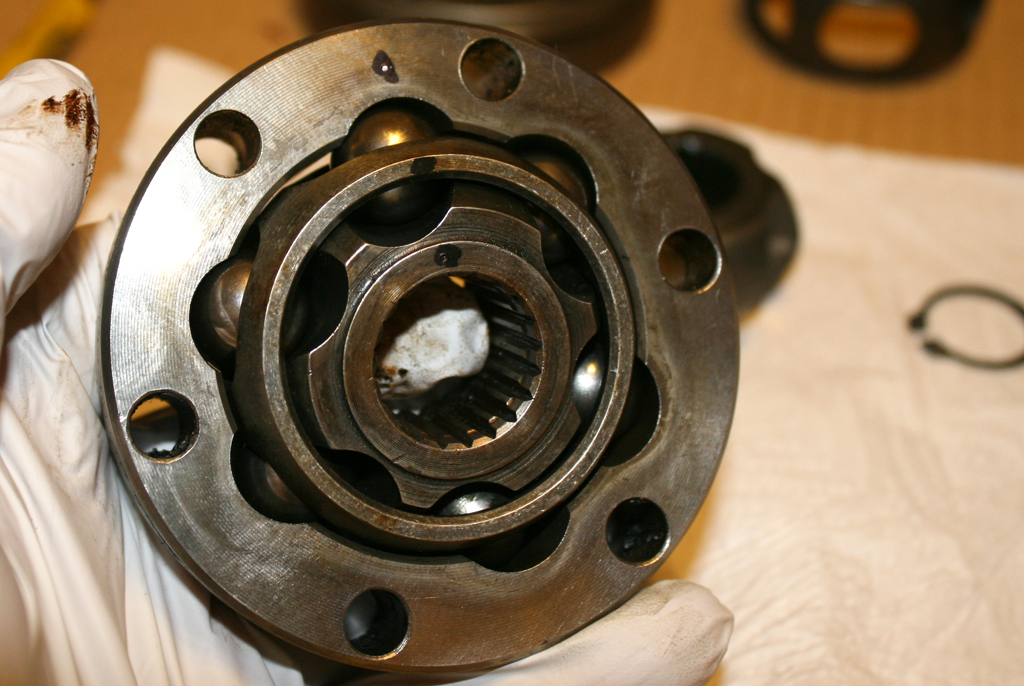First of you should know that I challenge everything in a coldly critical way so Im not at all saying you are wrong or attacking. Almost never is there 1 right way to get something done and the fact that Im challenging something at all usually means I think there is validity in it, if I thought it was Bs I would ignore it. I hope we can still be friends

This is why discussions and alternative viewpoints are necessary.
About the bushes... I have recieved only positive reviews on the poly setup from people who have used them. My understanding is that although poly bushes often transmit the feeling of bind more, they actually bind less. The reasoning is two fold
- softer bushes increase the angle of deflection giving more leverage to the binding force. This doesnt account for the damping action of softer bushes though.
- analogous to how a sway bar acts, poly bushes tebd to push back more on any force applied thus distributing the load to the opposite side more than a standard bush evening out the load and reducing bind.

